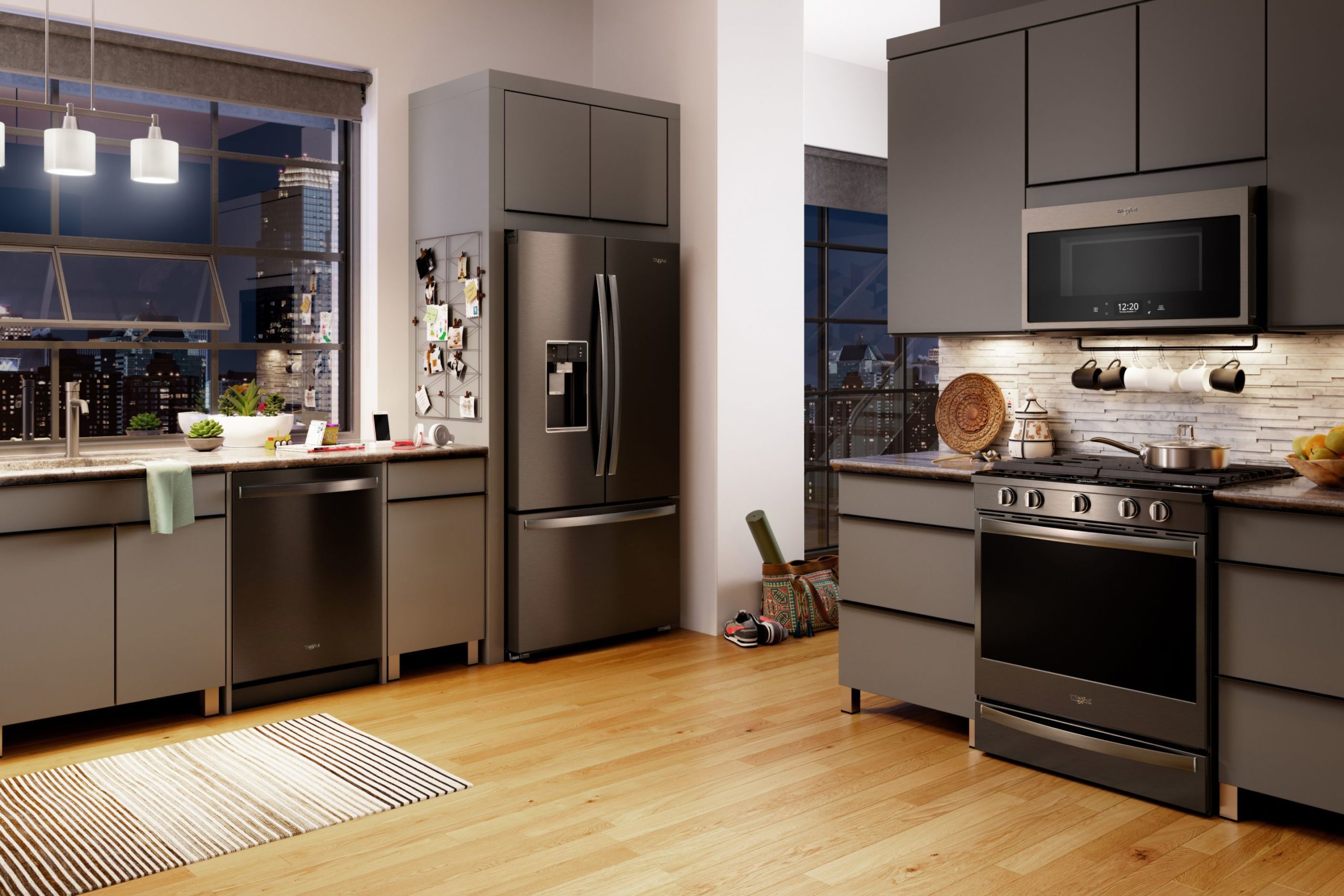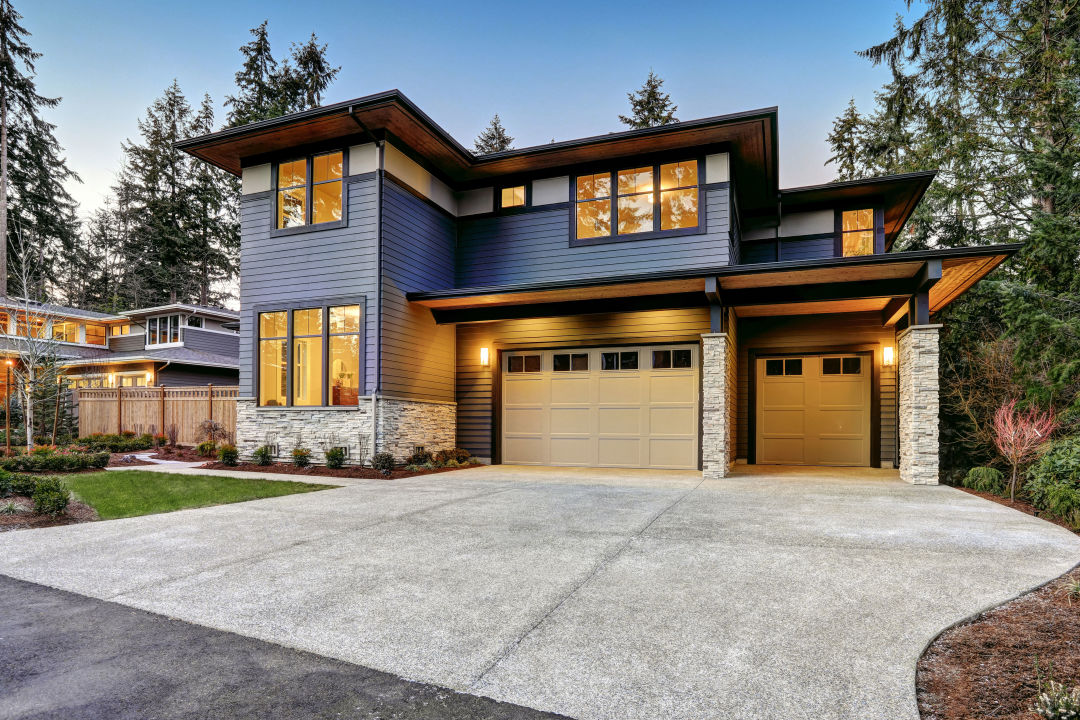When decorating a new bathroom or redecorating an existing one, choosing appropriate tile and grout color combinations can be a challenge. Not only are bright colors usually not easily integrated into tiled spaces, but the very nature of tile making creates many opportunities for disaster. A good way to avoid disaster is to have at least some understanding of the different colors of tile available and how they are used. Then when confronted with a new color combination or new tile design idea, the designer can simply use common sense to determine which combinations will be well received and which will not. Here are a few basic color combination ideas that may help spark your own creative mind.
Many people like to use bright tile and grout colors – like orange, red, yellow and green in their bathrooms and kitchens. These colors can be quite eye catching and yet provide a warm welcome to the space. One thing to keep in mind is that a too strong of a color can make the room feel cramped and narrow to a too weak of a color can give the room a washed out appearance. Generally the rule of thumb is that darker tile colors should have lighter grout colors to balance out the darker tile.
Another popular color scheme – that works well in many bathrooms and even in the kitchen is the subway lay style. Subway tiles are flat and large, and consist of small individual tiles that are connected by a large disc of grout. This method of grouting allows the large surface area of the individual tiles to be divided up and distributed more evenly. In this way the space looks less crowded and more pleasing to the eye.
When using subway tile – it is always best to match the colors of the grout to the tile. By creating a palette of color choices, the designer is not limited to the standard white tile and grout. Using different shades of each color will create a more exciting look. Darker blues, purples and greens will contrast beautifully with a light blue or green tiled floor, while a lighter shade of each hue would fit in perfectly with a white floor. For a really unusual look, try mixing the grout colors with other materials like stone, metal or wood.
Using different kinds of material – in your tile and grout color combinations is also a great way to get a professional looking job. A natural stone color combination would be quite beautiful in an open plan space like a kitchen or even a sunroom. However, it would be a little less successful in a more formal environment like a bathroom. Using grout that has a contrasting color to it, like a dark green with a light blue tiled floor, is very attractive in areas where contrast is needed, such as the bathroom. Using grout in a contrasting color to the tile will help to break up the monotony of the tile.
There are infinite color combinations – that can be used for tile and grout, and many websites are devoted to showing you how to use these color schemes effectively. Once you have decided on a color scheme for your floor, you can then select the appropriate grout in that color combination. It is always a good idea to match grout color to tile color as closely as possible, especially when using darker colors of grout on a lighter tile.
By ensuring that all the tiles you use are in the same tone of color, you will give your room an overall consistent look.





Comments are closed